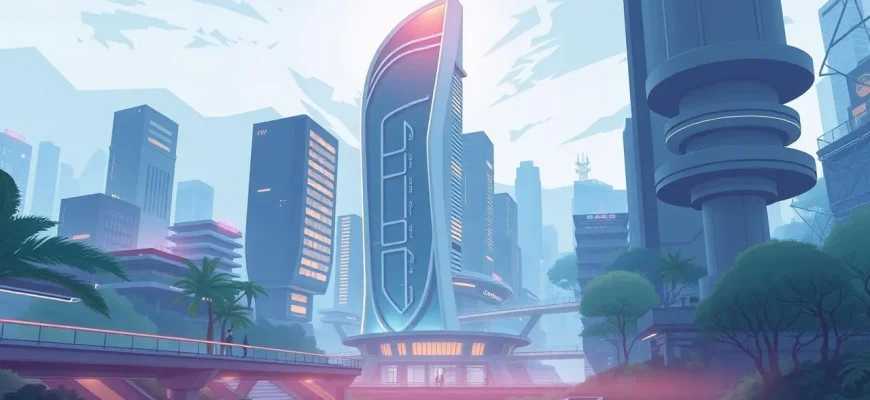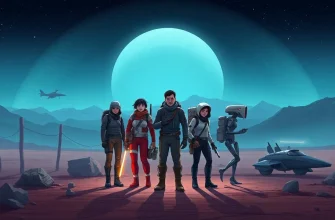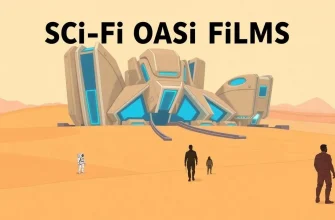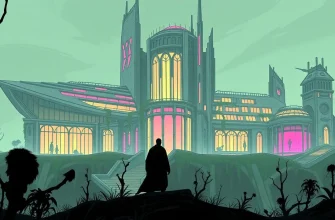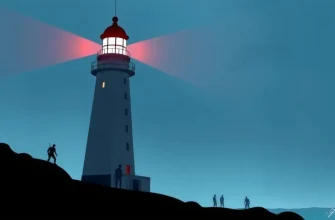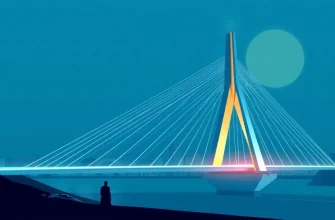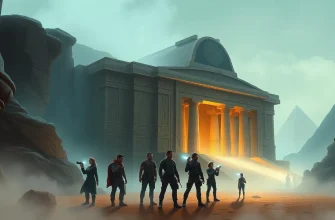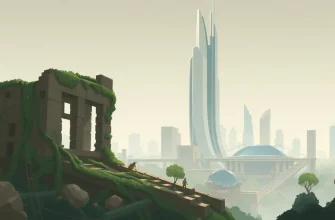Embark on a cinematic journey through futuristic Japan with these 10 sci-fi films. From cyberpunk dystopias to time-traveling adventures, these movies not only showcase Japan's rich cultural heritage but also its imagined future. Each film provides a unique perspective on what the future might hold, blending traditional Japanese elements with cutting-edge technology, making them a must-watch for fans of science fiction and Japanese culture alike.
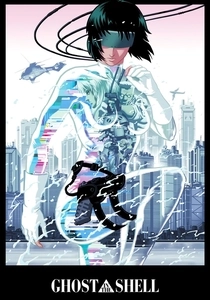
Ghost in the Shell (1995)
Description: This cyberpunk masterpiece delves into the philosophical questions of consciousness and identity in a world where humans and machines are increasingly intertwined.
Fact: The film's visual style and themes heavily influenced the Wachowskis' "The Matrix."
 Watch Now
Watch Now 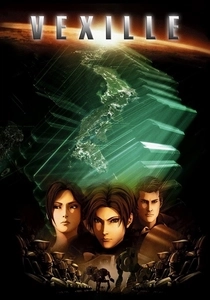
Vexille (2007)
Description: In a future where Japan has isolated itself from the world, a U.S. special forces team infiltrates to investigate the country's secretive technological advancements.
Fact: The film features a mix of CGI and traditional animation, with a focus on mecha designs.
 Watch Now
Watch Now 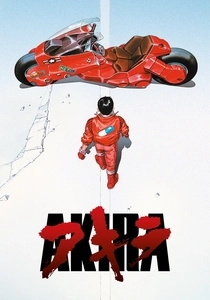
Akira (1988)
Description: Set in a dystopian Neo-Tokyo, Akira explores themes of psychic powers, government corruption, and youth rebellion. Its depiction of a futuristic Japan has become iconic in the sci-fi genre.
Fact: Akira was one of the first anime films to gain widespread international acclaim, influencing countless works in both film and video games.
 30 Days Free
30 Days Free 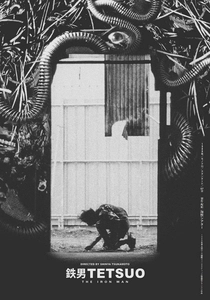
Tetsuo: The Iron Man (1989)
Description: A surreal and grotesque exploration of body horror and industrial decay, Tetsuo presents a nightmarish vision of a man transforming into a machine.
Fact: The film was shot on a budget of less than $100,000, making its impact even more impressive.
 30 Days Free
30 Days Free 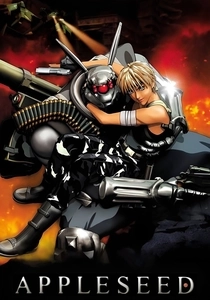
Appleseed (2004)
Description: In a post-apocalyptic world, a soldier and her cyborg partner fight to maintain peace in a utopian city, highlighting issues of genetic engineering and societal control.
Fact: The film uses a unique blend of CGI and traditional animation techniques.
 30 Days Free
30 Days Free 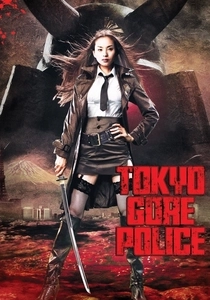
Tokyo Gore Police (2008)
Description: A dark, violent satire on Japanese society, this film blends sci-fi with horror, presenting a world where engineered mutants are hunted by a privatized police force.
Fact: It's part of the "Japanese Extreme" cinema movement, known for its graphic violence and gore.
 30 Days Free
30 Days Free 
Summer Wars (2009)
Description: While not entirely set in Japan, this film features a virtual world where a family must save the world from a rogue AI, showcasing Japanese family dynamics and digital culture.
Fact: The film was nominated for the Japan Academy Prize for Animation of the Year.
 30 Days Free
30 Days Free 
Metropolis (2001)
Description: An anime adaptation of the classic German novel, this film sets its story in a futuristic city inspired by both Western and Eastern aesthetics, exploring themes of class struggle and artificial intelligence.
Fact: It was directed by Rintaro, who also worked on the anime adaptation of "The Animatrix."
 30 Days Free
30 Days Free 
Patlabor: The Movie (1989)
Description: This film explores a near-future Tokyo where labor robots are common, and a mysterious incident threatens the city's infrastructure, blending police procedural with sci-fi elements.
Fact: It's part of a larger franchise that includes TV series, OVAs, and other movies.
 30 Days Free
30 Days Free 
The Sky Crawlers (2008)
Description: Set in an alternate reality where perpetual war is fought by child pilots, this film delves into themes of existence, memory, and the ethics of war.
Fact: Directed by Mamoru Oshii, known for "Ghost in the Shell."
 30 Days Free
30 Days Free 
